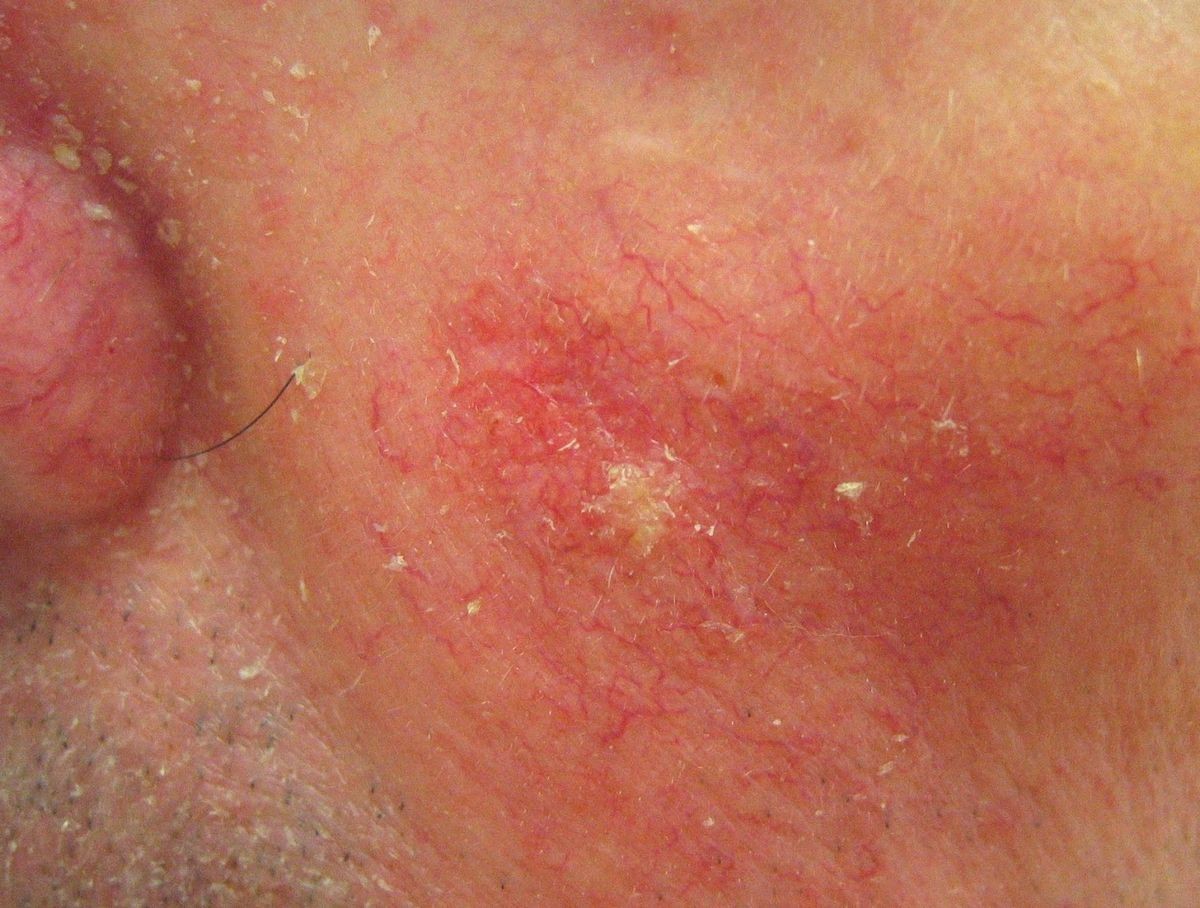
Contents
Spindle Cell Carcinoma: An Aggressive Malignancy
Spindle cell carcinoma is a rapidly developing malignancy with elements of both carcinoma and sarcoma. It can occur in various parts of the body but is commonly associated with the lungs.
This type of cancer, known as spindle cell cancer, spreads quickly and is difficult to treat. Treatment options may include surgery or participation in clinical trials involving cutting-edge medicines.
Understanding Spindle Cell Carcinoma
Spindle cell carcinoma is a rare and aggressive form of cancer that has characteristics of both carcinoma and sarcoma. Carcinoma typically originates from the epithelial tissue that lines the organs and skin. Sarcoma, on the other hand, develops from soft tissue, connective tissue, or bone.
When these two types of tissue coexist in tumors, they are referred to as sarcomatoid carcinoma. These tumors metastasize quickly to different parts of the body, causing harm to healthy tissue.
Locations of Spindle Cell Cancer
Sarcomatoid cancer, including spindle cell carcinoma, can develop in various parts of the body, such as the skin, bones, mouth, thyroid gland, breasts, stomach, and more. It is most commonly associated with the lungs, where it tends to spread rapidly to other organs.
Sarcomatoid Carcinoma Prevalence
Spindle cell carcinoma is more prevalent in men, especially among smokers. The average age of diagnosis is 65 years.
This type of cancer is relatively uncommon, accounting for only one to four percent of malignant lung tumors.
Types of Spindle Cell Cancer
In 2015, the World Health Organization (WHO) categorized five subtypes of sarcomatoid cancer, including spindle cell carcinoma. These subtypes are considered non-small-cell lung cancer with incomplete differentiation, meaning their appearance makes classification difficult. Non-small-cell lung carcinoma is the most common type of lung cancer and has a tendency to multiply and spread rapidly.
The five types of spindle cell cancer are:
- Pleomorphic carcinomas, which primarily consist of carcinomas with sarcoma components
- Spindle-cell carcinoma, characterized by elongated cells resembling spindles
- Giant cell carcinoma, composed of large cells arranged in a sarcoma-like manner
- Carcinosarcoma, involving tissues from various carcinoma subtypes and aberrant sarcoma components
- Pulmonary blastoma, featuring adenocarcinoma components resembling fetal lung tissue and mesenchymal cells
Diagnosing and Treating Spindle Cell Carcinoma
Sarcomatoid cancer is diagnosed through a clinical assessment, imaging techniques, and a biopsy of the tumor cells. Imaging, such as CT scans or PET scans, helps identify the location and extent of the tumors. Histopathology, which involves examining tumor cells under a microscope, can confirm the presence of sarcomatoid carcinoma and categorize it further. Immunohistochemistry may also be used to look for specific antigens associated with cancerous cells.
The most effective treatment for spindle cell carcinoma is the complete surgical removal of the tumor. Chemotherapy may be used after surgery to eliminate any remaining cancer cells. In cases where surgery is not possible, radiation therapy can be prescribed to alleviate symptoms.
Clinical trials may also offer potential treatment options for sarcomatoid cancer. Targeted therapy, which focuses on the specific characteristics of cancer cells, and immunotherapy, which enhances the immune system’s ability to detect and eliminate cancer cells, are being researched as possible treatments for this type of cancer.
While there is no known cure for sarcomatoid cancer, ongoing research aims to develop therapies that specifically target its unique characteristics. If diagnosed with sarcomatoid carcinoma, you may be eligible to participate in clinical studies investigating these novel therapies.
The survival rate for sarcomatoid carcinoma is relatively low, with a five-year survival rate of about 15 percent and a median survival rate of approximately 10 months. However, survival rates can vary depending on factors such as cell type, specific gene mutations, stage of cancer, and overall health.
To gain a more accurate prognosis, it is recommended to discuss your individual details with a healthcare professional.
Subscribe to MedicineNet’s Cancer Report Newsletter
By clicking "Submit," I agree to the MedicineNet Terms and Conditions and Privacy Policy. I also agree to receive emails from MedicineNet and understand that I may opt out of MedicineNet subscriptions at any time.


